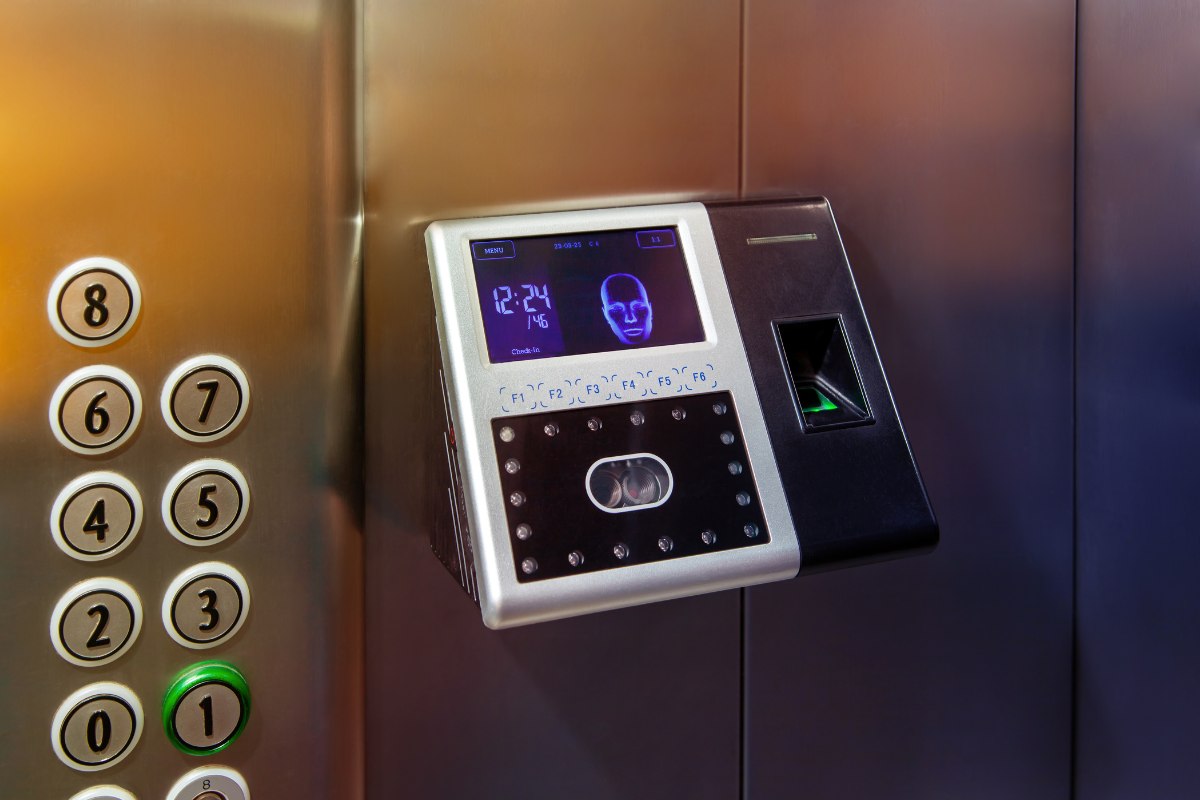What Is a Biometric Reader
A biometric reader is a device used to authenticate and verify the identity of individuals based on their unique biological characteristics. It captures and analyzes specific physical or behavioral traits, such as fingerprints, handprints, palm prints, iris patterns, facial features, voice patterns, or even DNA. The reader scans and compares the captured biometric data with the pre-registered data stored in a database to determine if there is a match.
Biometric readers are designed to enhance security and prevent unauthorized access. Unlike traditional identification methods like keys or access cards, biometric readers rely on unique biological characteristics that are difficult to duplicate or forge which makes them a more reliable and secure means of identification.
In various industries, including banking, government, healthcare, and commercial facilities, biometric readers are integrated into access control systems, time and attendance systems, and safes to ensure that only authorized individuals can enter restricted areas or gain access to valuable assets.
Advantages of Biometric Readers
Biometric readers are essential in the safe industry due to their ability to provide a highly secure and reliable method of authentication. These readers utilize unique physical or behavioral characteristics of individuals, such as fingerprints or facial features, to verify their identity. By doing so, biometric readers offer several key advantages that make them crucial in maintaining the security of safes and other restricted areas.
The key advantage is their unparalleled level of accuracy and reliability. Unlike traditional access control methods like passwords or key cards, biometric readers provide a more secure and foolproof way of verifying an individual’s identity. Biometric traits are unique to each person, making it extremely difficult for unauthorized individuals to gain access. This helps prevent unauthorized entry and protects valuable assets stored within safes.
Biometric readers also offer convenience and ease of use. With biometrics, there is no need to carry around physical keys or remember complex passwords. Users simply need to present their biometric information, such as a fingerprint or facial scan, to gain access. This eliminates the risk of lost or stolen keys or compromised passwords, making the process of accessing safes more efficient and user-friendly.
Furthermore, they provide an added layer of accountability and traceability. Each time someone accesses a safe using a biometric reader, their unique biometric data is recorded, creating an audit trail. This allows for easy tracking and monitoring of who has accessed the safe and when. In case of any security breaches or unauthorized access attempts, the audit trail provided by biometric readers can be invaluable in identifying the culprits and taking appropriate action.
Lastly, biometric readers offer resistance to fraud and forgery. Traditional authentication methods like handwritten signatures or PIN codes can be easily forged or stolen, leading to security breaches. Biometric traits, on the other hand, are difficult to replicate or spoof, providing a higher level of security and reducing the risks associated with identity theft and fraud.
Disadvantages of Biometric Readers
There are also challenges associated with biometric readers. One challenge is the potential for errors in the accuracy of the system. False acceptances or rejections can occur, leading to unauthorized access or denial of access for authorized individuals. Another challenge is the potential for spoofing or manipulating the biometric system. This can involve using synthesized data or attacking the database directly.
Biometric readers are not foolproof and can face legal, political, and religious challenges. Concerns regarding privacy and the collection of biometric data may arise. Additionally, certain groups may have objections to the use of biometric readers based on their beliefs or interpretations of religious texts.
Frequently Asked Questions
What Are 3 Examples of Biometrics
Biometric devices are gaining popularity for identification and authentication purposes. They employ various methods to recognize individuals, including fingerprint recognition, facial detection, palm vein scanning, iris recognition, and even voice recognition.
How Long Does It Take to Open a Biometric Safe
Opening a digital keypad combination lock typically takes only 2 seconds, while biometric locks can be opened in a quick time frame of 1 to 2 seconds.
What Is the Most Commonly Used Biometrics
The most widely used forms of biometric security are fingerprint recognition and iris scanning.
